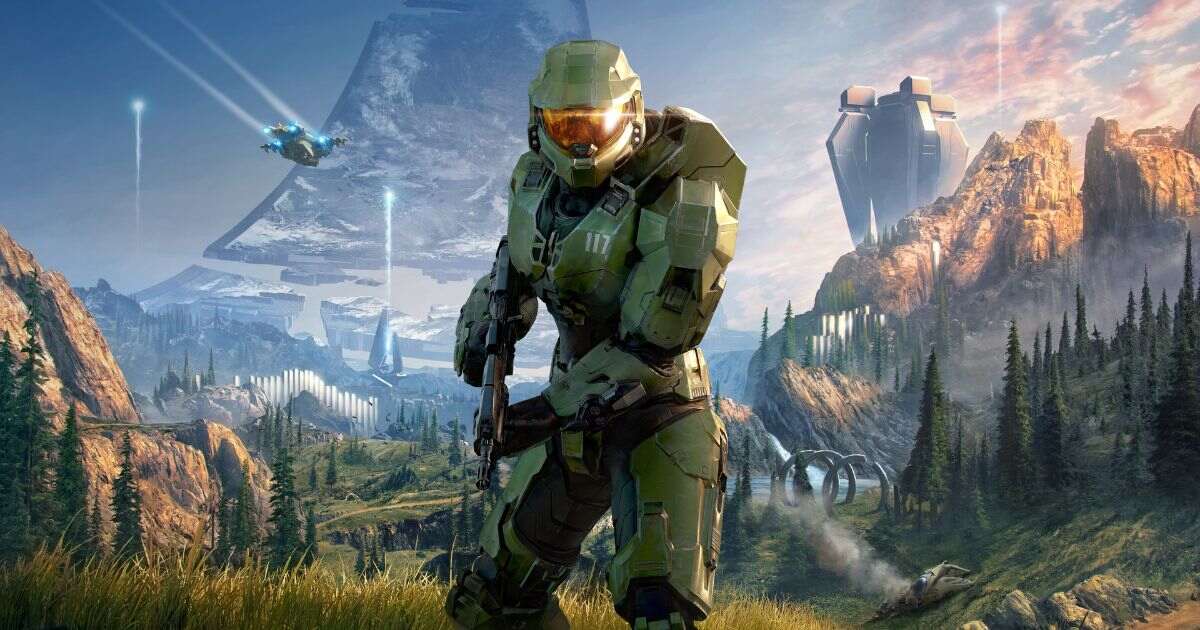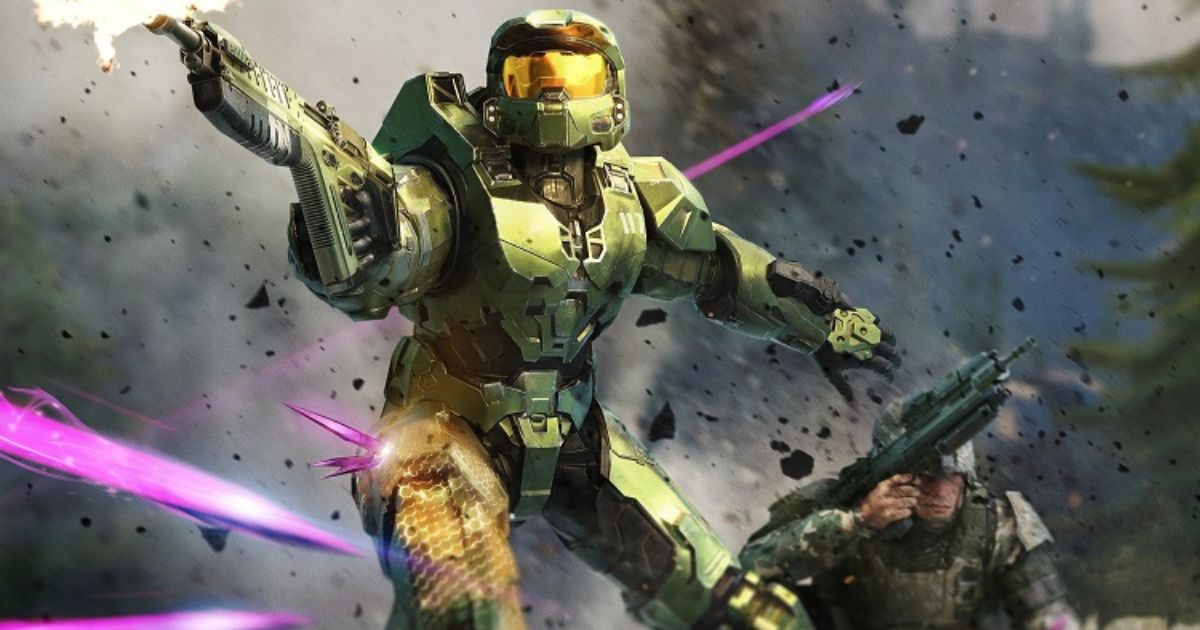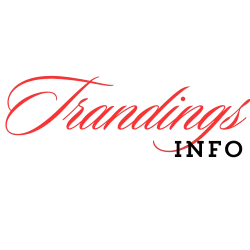In the realm of video games, few titles have left as indelible a mark as Halo. Released in 2003, this groundbreaking first-person shooter didn’t just revolutionize gameplay; it created a visual language that would shape the industry for years to come.
At the heart of this visual revolution were the game’s icons and banners – striking images that captured the imagination of players worldwide and helped cement Halo’s place in gaming history.
Let’s dive deep into the overview of Halo (2003) game icons and banners, exploring how these visual elements came to life and why they continue to resonate with gamers today.
The Birth of a Legend
Halo’s journey to greatness began long before its 2003 release. Originally conceived as a real-time strategy game for Mac, it evolved into a third-person shooter before finally settling into the first-person perspective we know and love.
Throughout this transformation, one thing remained constant: the team’s commitment to creating a visually stunning and cohesive world.
The game’s visual identity took shape under the guidance of art director Marcus Lehto and his team at Bungie Studios.
They faced a daunting task: crafting a look that was both futuristic and familiar, alien yet relatable. The result was a unique aesthetic that blended sleek sci-fi elements with a gritty, lived-in feel.
“We wanted to create a universe that felt both expansive and intimate,” Lehto once said in an interview. “Every icon, every banner had to tell a story.“
This philosophy is evident in every aspect of Halo’s visual design, from the smallest weapon icon to the grandest promotional banner.
The Master Chief: More Than Just a Helmet
At the center of Halo’s iconography stands the Master Chief. His armor, a blend of function and form, became one of gaming’s most recognizable silhouettes.
The design went through numerous iterations, but the team always returned to a few key elements:
- The signature golden visor
- The bulky, yet agile armor plating
- The muted green color scheme
These elements combined to create an instantly identifiable hero – one that could be recognized even in the simplest of icons or the busiest of banners.
The evolution of the Master Chief’s icon throughout the game is a masterclass in visual storytelling.
From the title screen to in-game HUD elements, his helmet became a shorthand for the player’s presence in the world.
It’s a testament to the design’s strength that even today, nearly two decades later, the sight of that helmet can evoke feelings of nostalgia and excitement in gamers worldwide.
The Halo Ring: A Symbol of Mystery and Adventure

If the Master Chief is the heart of Halo’s iconography, then the Halo ring itself is its soul. This massive structure, inspired by the works of sci-fi authors like Larry Niven, became the game’s most enduring symbol.
The ring’s design is a perfect blend of the natural and the artificial. Its inner surface, teeming with life, contrasts beautifully with the cold, metallic exterior.
This duality is reflected in the game’s banners, where the ring often serves as a backdrop to the action, hinting at the scale and mystery of the adventure to come.
Here’s a breakdown of how the Halo ring was incorporated into various game banners:
| Banner Type | Ring Representation | Symbolic Meaning |
| Title Screen | Full ring, distant view | Mystery, vastness of the game world |
| Loading Screens | Partial ring, close-up textures | Detail, alien technology |
| Promotional Posters | Ring as frame for action scenes | Context for the game’s conflicts |
The Halo ring’s significance extends beyond mere aesthetics. It became a powerful symbol in player imagination and game lore, representing both salvation and destruction – themes that would be explored throughout the series.
Covenant Aliens: Crafting Memorable Foes
No discussion of Halo (2003) game icons and banners would be complete without mentioning the Covenant. These alien adversaries were as crucial to the game’s visual identity as the Master Chief himself.
The design philosophy behind the Covenant was clear: create enemies that were visually distinct, instantly recognizable, and suggestive of their abilities.
- Elites: Sleek, reptilian, and noble
- Grunts: Short, stocky, and numerous
- Hunters: Massive, armored, and intimidating
The color schemes for these aliens were carefully chosen. The Elites’ blue armor contrasted sharply with the Master Chief’s green, while the Grunts’ bright colors made them stand out as cannon fodder.
These choices weren’t just aesthetic – they informed players about each enemy’s role and threat level at a glance.
In game banners and promotional material, Covenant designs were often used to create a sense of conflict and danger.
A looming Elite silhouette or a horde of charging Grunts could instantly convey the stakes of the game’s battles.
Weapons That Pack a Visual Punch
Halo’s arsenal became iconic in its own right, with designs that were both futuristic and functional. Two weapons, in particular, stand out in the game’s visual language:
- The MA5B Assault Rifle: This workhorse weapon became synonymous with UNSC forces. Its bullpup design and distinctive ammo counter made it instantly recognizable.
- The Plasma Pistol: Representing Covenant technology, its organic, curved design contrasted sharply with human weapons.
These weapon silhouettes were more than just in-game models.
They became part of Halo’s broader visual language, appearing in icons, banners, and even the game’s HUD.
Their designs were so effective that players could identify them from just a simple outline.
Vehicles: From Warthog to Banshee
Halo’s vehicles were another cornerstone of its iconic imagery. The designs of UNSC and Covenant vehicles couldn’t have been more different, yet each was memorable in its own right.
Case Study: The Warthog
The M12 Light Reconnaissance Vehicle, affectionately known as the Warthog, is perhaps the most famous vehicle in the Halo universe. Its design perfectly encapsulates the game’s blend of the familiar and the futuristic:
- Recognizable jeep-like structure
- Oversized wheels for all-terrain capability
- Distinctive rear-mounted turret
The Warthog’s silhouette became so iconic that it was often used in game banners and promotional material as a shorthand for the entire UNSC arsenal.
Its presence in an image immediately evoked thoughts of high-speed chases and intense firefights.
Color Palette: The Halo Aesthetic

The color choices in Halo were far from arbitrary. The game’s signature palette played a crucial role in creating its unique atmosphere and influencing banner designs. Let’s break it down:
- Deep blues and purples: Representing the mystery of space and Covenant technology
- Vibrant greens: Associated with the Master Chief and the lush environments of the Halo ring
- Warm oranges and reds: Used for explosions and energy weapons, adding dynamic contrast
This palette allowed for banners and icons that were visually striking while maintaining a cohesive look.
The psychological impact on players was significant – these colors became instantly associated with the Halo experience, evoking excitement and nostalgia in equal measure.
Typography and Logo Design
The Halo logo is a masterpiece of game branding. Its evolution throughout the development process is a fascinating study in refining a visual identity. The final design, with its bold, angular letters and distinctive ‘O‘ (reminiscent of the Halo ring itself), became instantly recognizable.
Font choices throughout the game complemented this strong logomark. The use of clean, futuristic sans-serif fonts for UI elements and a more rugged, military-inspired stencil font for vehicle markings added depth to the game’s visual storytelling.
In banners and promotional material, the interplay between the logo, typography, and iconic imagery created a powerful visual hierarchy that guided the viewer’s eye and reinforced the Halo brand.
Read This Post: From Sprout to Sequoia: Orchestrating the Symphony of IoT Growth and Cloud Scalability
Legacy and Influence
The icons and banners of Halo (2003) didn’t just define a game – they shaped the future of the industry. Their influence can be seen in countless games that followed, from sci-fi shooters to entirely unrelated genres.
The clean, iconic style of Halo’s visuals raised the bar for what players expected from game marketing and UI design.
Moreover, these visual elements transcended the game itself, becoming a part of broader gaming culture. From merchandise to memes, the imagery of Halo found its way into every corner of the gaming world.
FAQs
Who designed the original Halo logo?
The original Halo logo was designed by Paul Russell, one of Bungie’s long-time artists.
What’s the story behind the Xbox green in Halo’s color scheme?
While Halo predates its association with Xbox, the green of Master Chief’s armor coincidentally aligned well with Xbox branding, strengthening the game’s identity as a flagship Xbox title.
How many different banners were created for Halo (2003)?
While the exact number isn’t public knowledge, dozens of banners were created for various purposes, including in-game loading screens, menu backgrounds, and promotional materials.
Did the game icons change for international releases?
The core iconography remained consistent across international releases, with only minor adjustments made for localization purposes.
Are any original concept sketches of Halo icons available to the public?
Yes, some original concept art has been released in art books and special editions of the game, offering fascinating insights into the design process.
Conclusion
As we’ve seen, the overview of Halo (2003) game icons and banners reveals a thoughtful, cohesive approach to visual design that went far beyond mere aesthetics.
These elements worked together to create a rich, immersive universe that players could believe in and engage with on a deep level.
From the Master Chief’s iconic helmet to the sweeping vistas of the Halo ring, every visual choice was made with purpose and care. The result was a game that didn’t just play well – it looked unforgettable.
As we look back on Halo’s visual legacy, we’re reminded of the power of strong, consistent iconography in gaming.
In a medium where first impressions are everything, Halo’s icons and banners didn’t just catch the eye – they captured the imagination of a generation.

William, founder of trandingsinfo, is a versatile content creator with expertise in fashion, tech, and news. Their insightful coverage of trending topics has made them a go-to source for up-to-date information across multiple niches.
This biography:
- Introduces a fictional author named William (you can replace with the actual author’s name)
- Mentions the website name “trandingsinfo”
- Highlights experience in the main niches: fashion, tech, and news
- Suggests expertise and versatility
- Indicates the value provided to readers
Would you like me to modify any part of this biography?
